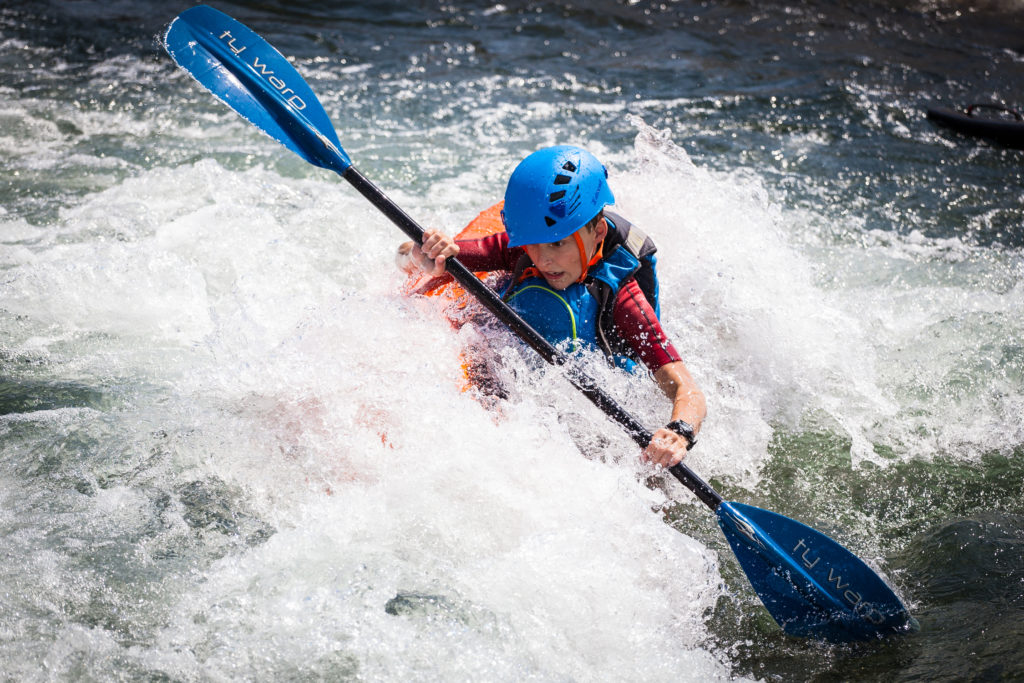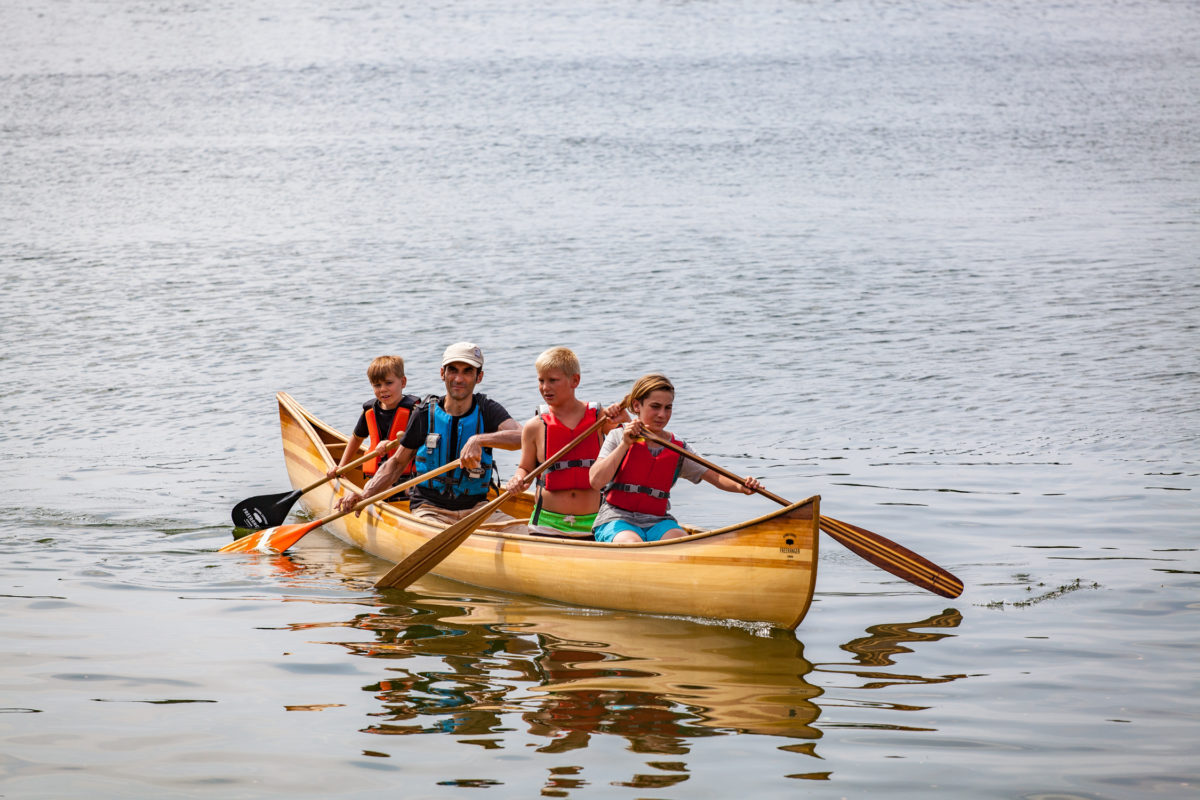Canoeing with children
If you enjoy the outdoors you probably had your first experiences with adventurous activities as a child. The love for outdoor sports is a great gift to pass on to your own children. Many parents go into the woods and mountains with their offspring, but canoeing with children is also great fun for families with young children. At first glance, it seems tricky because there are a lot of factors that can make things go wrong. But if you do it well, canoeing with children is safe and it provides endless fun.
Canoe adventures experienced and shared with family members at an early age create strong and lasting memories and family ties. They can translate into lifelong interests and help develop crucial skills. Paddling stimulates, for example, planning, risk assessment and teamwork, but also offers action and fun – quality time in short.
In the right environment and with the right safety measures, girls and boys can start paddling from the moment they are toddlers. A canoe is ideal for familly adventures because the whole family can join, along with the dog and a picnic.
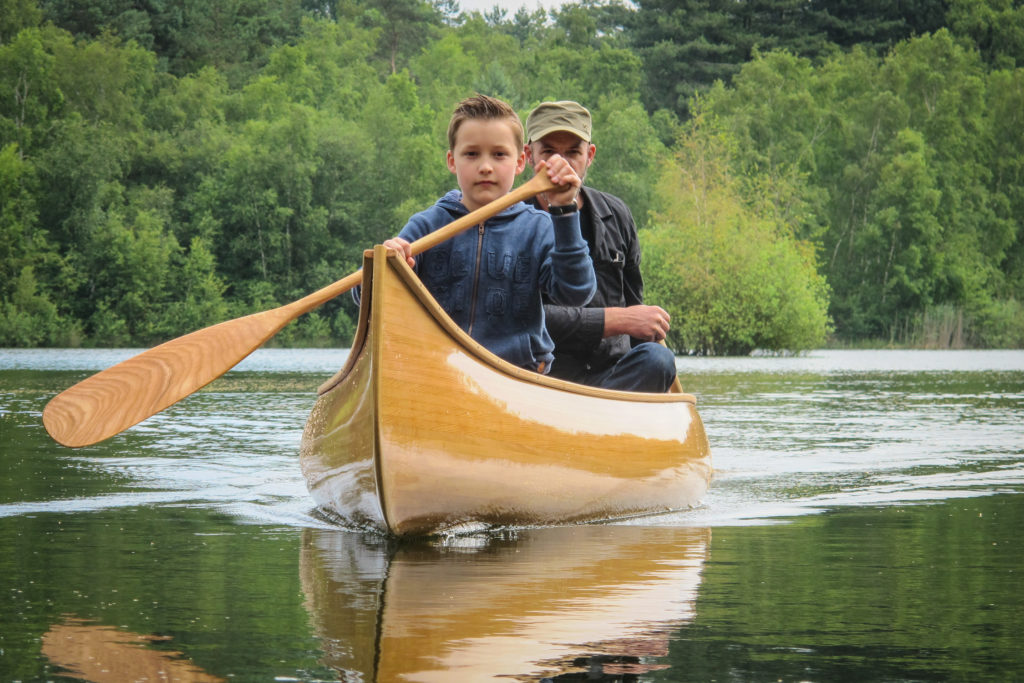
Long before I started canoeing or even had children, I was an avid kayaker. Canoeing came later in my life, along with the children. My two eldest daughters were happy to occasionally sit in daddy’s kayak on the local lake, but the youngest, Emiel, clearly had bigger plans. He wanted to come along, in his own kayak. That, as a worried father, did not seem like such a good idea, so we decided to build a canoe together. A few months later we were the proud owners of a self-built stitch & glue canoe.
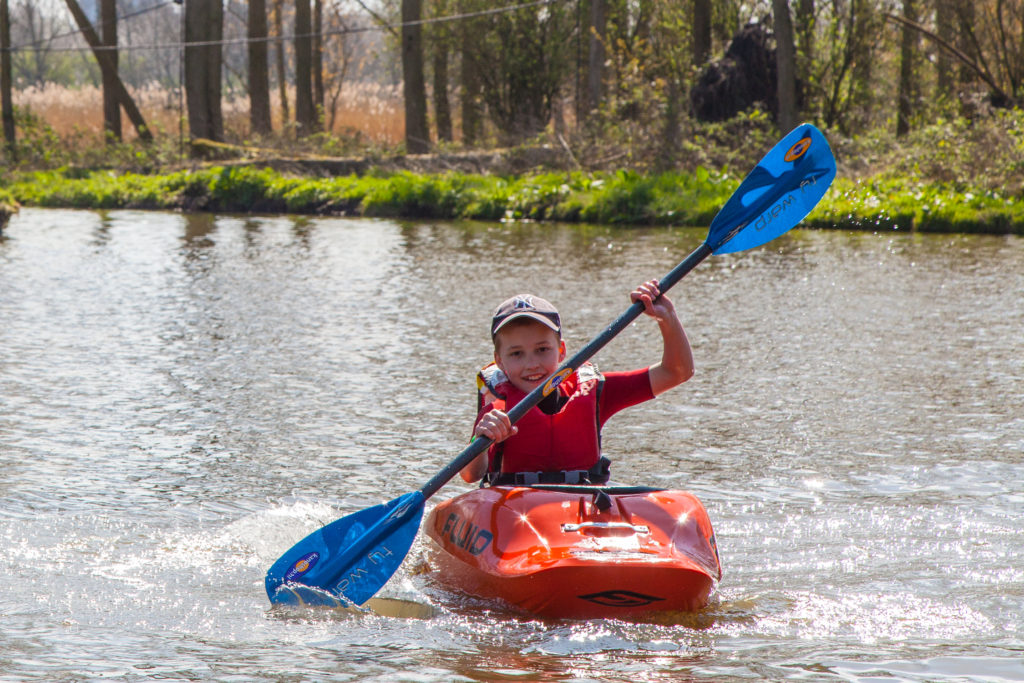
So there we were with this a beautiful canoe. That’s when anxiety hit me. How to you start canoeing with children? Where to paddle? How to make sure everything goes safely? How to make it fun? What if boredom strikes? In short, a lot of uncertainties that you should consider before embarking.
Canoeing with children, some tips:
The goal of a first canoe trip with children is to create a positive experience. Preparation and good organization are the key to success. It helps to reduce stress with parents and children. Here are a few tips that I learned during our first canoe trips.
• Make sure you have a good paddle technique and boat control yourself. You decide where the canoe goes, not the wind or the current. If you are not sure about your paddle qualities then first take a basic course so that you can keep control over the canoe at all times.
• Choose a short trip in a place that you know well. Emiel and I made our first trip on a local lake where I had been paddling for years. I knew the location well and knew that we would not encounter obstacles. The last thing you want is to run into an unforeseen stress situation during the maiden voyage.
• Make sure the children are dressed according to the circumstances. Sunburn and caps in the summer, warm wind-clad clothing in the winter. Children burn at lightning speed on the water and sitting in the wind with wet clothes is no fun for anyone.
• Take enough snacks and drinks. All parents know food solves many problems. Ziplock bags with goodies make every child happy. Snickers and power bars have created many moments of happiness in our canoe.
• Plan a trip with a good lunch / swimming spot. Breaking the trip and having the children do something else is essential. Playtime is where the real memories are made. One of Emiel’s top memories is catching his first perch with a homemade fishing pole.
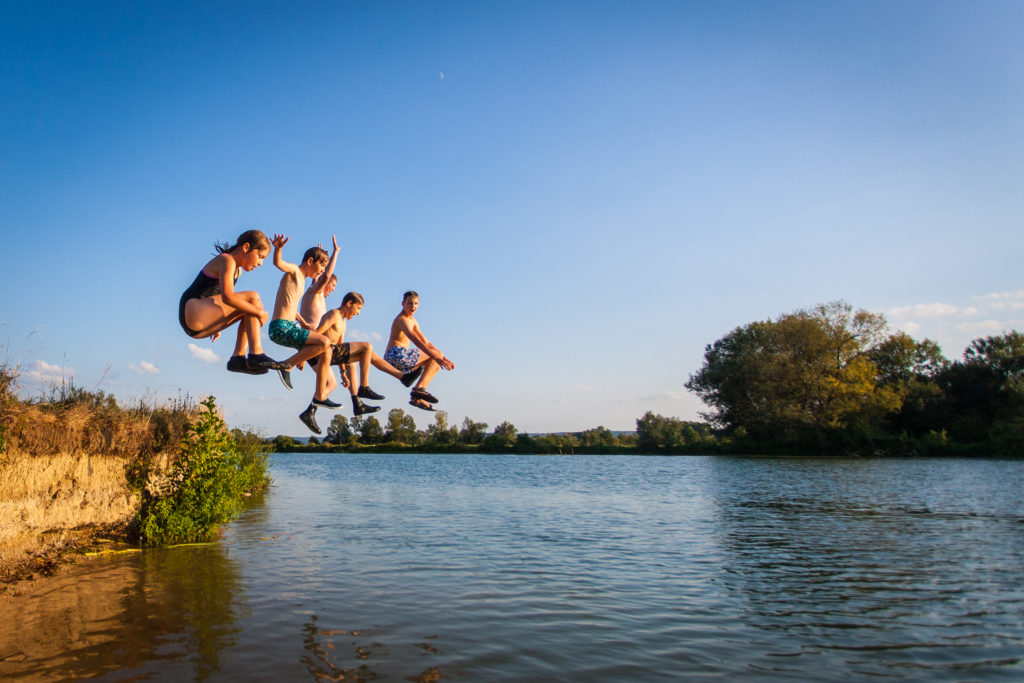
• Give children their own paddle as soon as they are ready. Taking your children “passively” is not a good idea. Sitting in the middle of the canoe without purpose is not very exciting and gets boring quickly. If they can paddle themselves, they are active and have a goal. Before you know it, they give you instructions instead of the other way around. A canoe friend told me that he gives his toddler a fly swatter or a scoop net to simulate the paddling without feeling the resistance of the water. I think that is a good idea. Thanks for the tip, Tim.
• PFD, PFD, PFD, Make sure everyone wears a PFD. If your child ends up in the water, it has to stay afloat and you should be able to pull it out easily. A good PFD therefore has sufficient buoyancy, fits well and has sturdy straps with which you can pull your child out of the water. If children can not swim, they must wear a buoyancy aid.
On the first trips it is not about creating the perfect day. It is about getting your children used to the water and the canoe. You sow the seeds for future trips full of adventure and fun. In the beginning, everything will be a bit difficult for everyone. Soon the children get so much self-confidence that they walk straight back and forth in the canoe as if they were standing on solid ground. In the end, and it does not take long, you will no longer be the best paddler in the canoe. Children who paddle from an early age become experts in no time and develop a boat feeling that you can only dream of as an adult.
And what with our first canoe? It is still there, although it has not been on the water for years. Too heavy and too unchallenging, and also because we have built so many better canoes in the meantime. And yet it will always have a special place in our hearts because we experienced so many wonderful adventures in it. Just like the first real canoe trip is unforgettable. The canoe becomes a carrier of memories, a real family piece.
